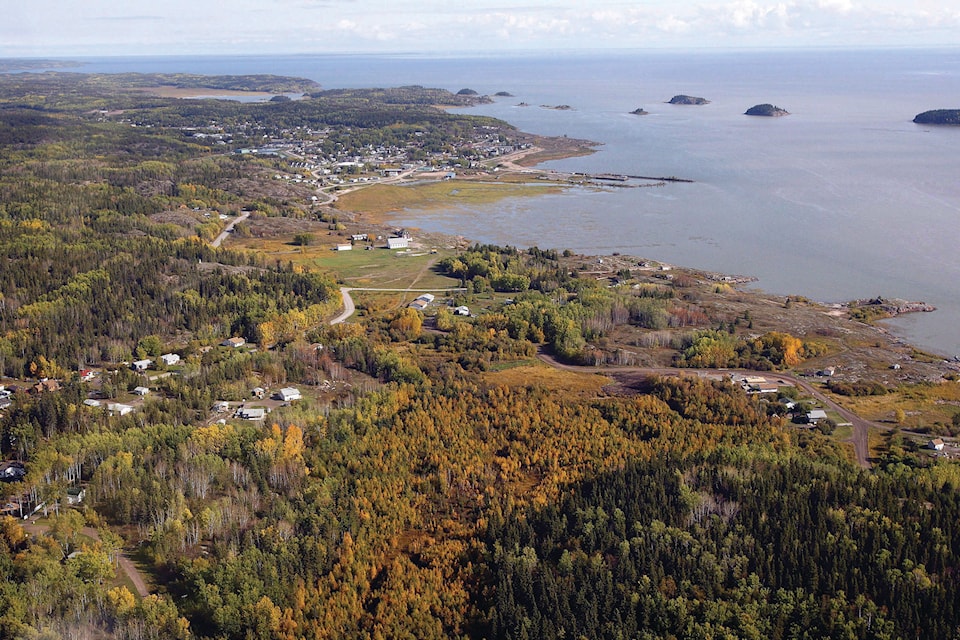New research suggests Canada’s largest national park is not drying out from upstream hydro dams or being contaminated by the oilsands.
Recently published papers from scientists at the University of Waterloo question previous studies done for the federal government and the United Nations as well as long-held conclusions from Indigenous people.
“Our findings counter widespread perceptions,” said Roland Hall, an aquatic ecologist who is one of the co-authors. “There’s been lots of controversy and claims that weren’t necessarily supported by data.”
Others say the jury is still out.
“(The scientists) overstate their position, stretching the applicability of their limited dataset,” said Melody Lepine of the Mikisew Cree First Nation. The band has long voiced concerns about its traditional land in northern Alberta’s Peace-Athabasca Delta and Wood Buffalo National Park.
The park is one of the world’s largest freshwater deltas and a World Heritage Site.
But its water levels have been dropping, which the Mikisew blame largely on B.C. Hydro’s Bennett Dam. They also say contaminants have been flowing downstream from the oilsands.
In 2014, the Mikisew voiced concerns to UNESCO, which asked Canada to assess the park’s 45,000 square kilometres of grasslands, wetlands and waterways.
That study found ecological health was declining from climate change, dams and industry. It also noted the proposed Teck Frontier oilsands mine, waiting for federal cabinet approval, is only 20 kilometres south of the park.
UNESCO is considering the park’s status while Parks Canada considers a $27.5-million plan to rescue it.
But after analyzing 150 years worth of lake and delta sediment cores, Hall said dams and industry aren’t the problem.
Parts of the delta are drying out and climate change may play a part, he said. But the biggest factor, Hall said, is the Embarras River, which redirected large volumes of water when it broke its banks in 1982.
“It’s probably the biggest hydrological event of the century and you don’t even find it mentioned,” said Hall.
What’s more, researchers found that the delta didn’t start drying out until the 1980s. The Bennett Dam was built in 1968.
The cores, which were examined for six heavy metals associated with oilsands, revealed changes over time that predate development.
“We see flat lines, no rising trends,” Hall said.
Joshua Kurek, an ecologist at Mount Allison University in New Brunswick, was not involved in the study, but called the papers valuable.
“We have a scarcity of observations and their approach provides convincing evidence of fairly stable baselines,” he said.
But Kurek pointed out that industry releases many more chemicals than those considered by the researchers. As well, Kurek noted, the cores were taken from a small area of the delta far from oilsands mines.
“It’s definitely not the final answer.”
Lepine said in an email that the research didn’t test for contaminants other studies have found, including mercury, arsenic and many carcinogenic chemicals. And the paper doesn’t look at the dam’s impact on the Peace River, she added.
Hall, who has been working in the area for 20 years, said conflicting theories speak to how little data is available on the large, complex, remote region and how hard it is to study.
“It’s not an easy place to figure stuff out.”
He suggests others may have let assumptions influence them.
“Almost from Day 1, it was anticipated that (the dam) would cause negative changes,” Hall said. “That idea has been in people’s minds for so long that other possibilities are not being explored.”
He stands by the conclusions in his papers.
“The extent to which industrial developments have altered the delta are not as bad as feared.
“It doesn’t mean industry can’t change things in the future. This system is still very much acting like a natural system, but there is a strong need for continued monitoring.”
